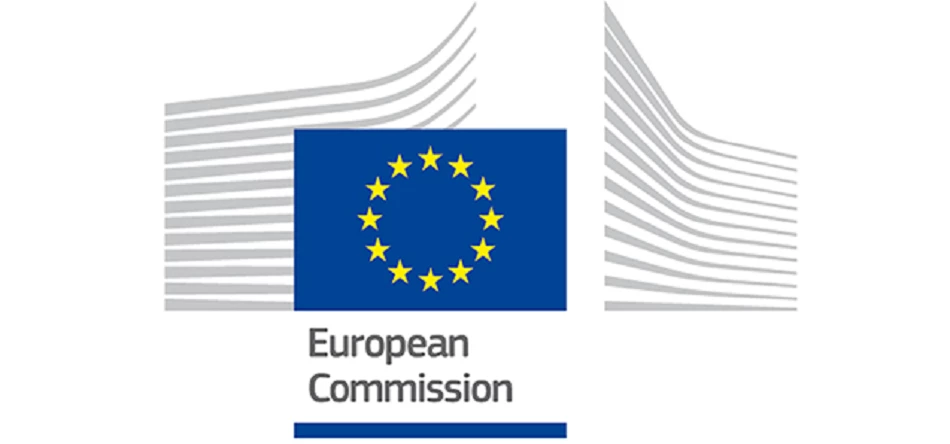
Partner Article
Ambition needed to halt biodiversity loss by 2020
Protecting Europe’s nature: more ambition
The mid-term review of EU biodiversity strategy shows progress in many areas, but highlights the need for greater effort by Member States on implementation to halt biodiversity loss by 2020.
The mid-term review of the EU Biodiversity Strategy assesses whether the EU is on track to achieve the objective of halting biodiversity loss by 2020. The results show progress in many areas, but highlight the need for much greater effort to deliver commitments on implementation by Member States. Nature’s capacity to clean the air and water, to pollinate crops and to limit the impacts of catastrophes such as flooding is being compromised, with potentially significant unforeseen costs to society and our economy. An EU-wide opinion poll, also published today, confirms that the majority of Europeans are concerned about the effects of biodiversity loss and recognise the negative impact this can have on human health and wellbeing, and ultimately on our long-term economic development.
The EU adopted a Strategy to stop this loss of biodiversity by 2020. Today’s assessment, which comes midway through the strategy, highlights that much more needs to be done on the ground to translate the EU’s policies into action. Firstly, EU nature legislation needs to be better implemented by Member States. More than three quarters of the important natural habitats in the EU are now in an unfavourable state, and many species are threatened with extinction. Halting biodiversity loss will also depend on how effectively biodiversity concerns are integrated into agriculture, forestry, fisheries, regional development and trade policies. The reformed Common Agricultural Policy provides opportunities for enhanced integration of biodiversity concerns, but it will be the extent to which Member States put in place the measures, nationally, that will determine the success of the CAP. Ultimately, our natural capital needs to be recognised and appreciated, not only within the limitations of our protected areas, but more extensively throughout our lands and seas. The Commission is currently undertaking a fitness check of the EU Birds and Habitats Directives to assess whether it is achieving its valuable objectives in the most efficient way.
European Commissioner for Environment, Maritime Affairs and Fisheries, Karmenu Vella, said: “There are plenty of lessons to be drawn from this report – some good progress, and good examples to be emulated, but much more work is needed to close the gaps and reach our biodiversity targets by 2020. There is no room for complacency – losing biodiversity means losing our life-support system. We can’t afford that, and neither can our economy.”
Restoring natural habitats and building green infrastructure remains a challenge for Europe. The EU Green Infrastructure Strategy – once implemented – should deliver multiple benefits across a range of sectors including agriculture, forestry and fisheries. Invasive alien species are also one of the fastest growing threats to biodiversity in Europe, causing significant damage to agriculture, forestry and fisheries, costing the EU at least EUR 12 billion a year. A new EU Regulation has entered into force to fight the spread of invasive alien species and work is underway to establish a list of invasive species of EU concern by early 2016.
On the global scale, the EU greatly contributes to halting biodiversity loss. Together with its Member States, it is the biggest financial donor for biodiversity conservation. The EU has taken initial steps to reduce indirect drivers of biodiversity loss, including wildlife trade, illegal fishing and to integrate biodiversity into its trade agreements. The new global Agenda 2030 for Sustainable Development reiterates the need to deliver on global commitments in this area.
The publication of this mid-term review coincides with that of a Eurobarometer survey showing the concerns expressed by Europeans with regard to the current trends on biodiversity. At least three quarters of Europeans think there are serious threats to animals, plants and ecosystems at a national, European and global level, and more than half think they will be personally affected by biodiversity loss.
Background
The EU biodiversity strategy to 2020 aims to halt biodiversity loss and the degradation of ecosystem services, restore them to the extent possible by 2020, and help avert global biodiversity loss. It sets targets in six main areas: the full implementation of EU nature legislation; maintaining and restoring ecosystems and their services; more sustainable agriculture, forestry and fisheries; tighter controls on invasive alien species, and a bigger EU contribution to averting global biodiversity loss. The EU Strategy emphasises the need to take full account of the economic and social benefits provided by nature contribution and to integrate these benefits into reporting and accounting systems. The Strategy also aims at delivering on global biodiversity commitments under the Convention on Biological Diversity and contributes to the new global 2030 Agenda for Sustainable Development.
This was posted in Bdaily's Members' News section by EU Commission .








 How to make your growth strategy deliver in 2026
How to make your growth strategy deliver in 2026
 Powering a new wave of regional screen indies
Powering a new wave of regional screen indies
 A new year and a new outlook for property scene
A new year and a new outlook for property scene
 Zero per cent - but maximum brand exposure
Zero per cent - but maximum brand exposure
 We don’t talk about money stress enough
We don’t talk about money stress enough
 A year of resilience, growth and collaboration
A year of resilience, growth and collaboration
 Apprenticeships: Lower standards risk safety
Apprenticeships: Lower standards risk safety
 Keeping it reel: Creating video in an authenticity era
Keeping it reel: Creating video in an authenticity era
 Budget: Creating a more vibrant market economy
Budget: Creating a more vibrant market economy
 Celebrating excellence and community support
Celebrating excellence and community support
 The value of nurturing homegrown innovation
The value of nurturing homegrown innovation
 A dynamic, fair and innovative economy
A dynamic, fair and innovative economy